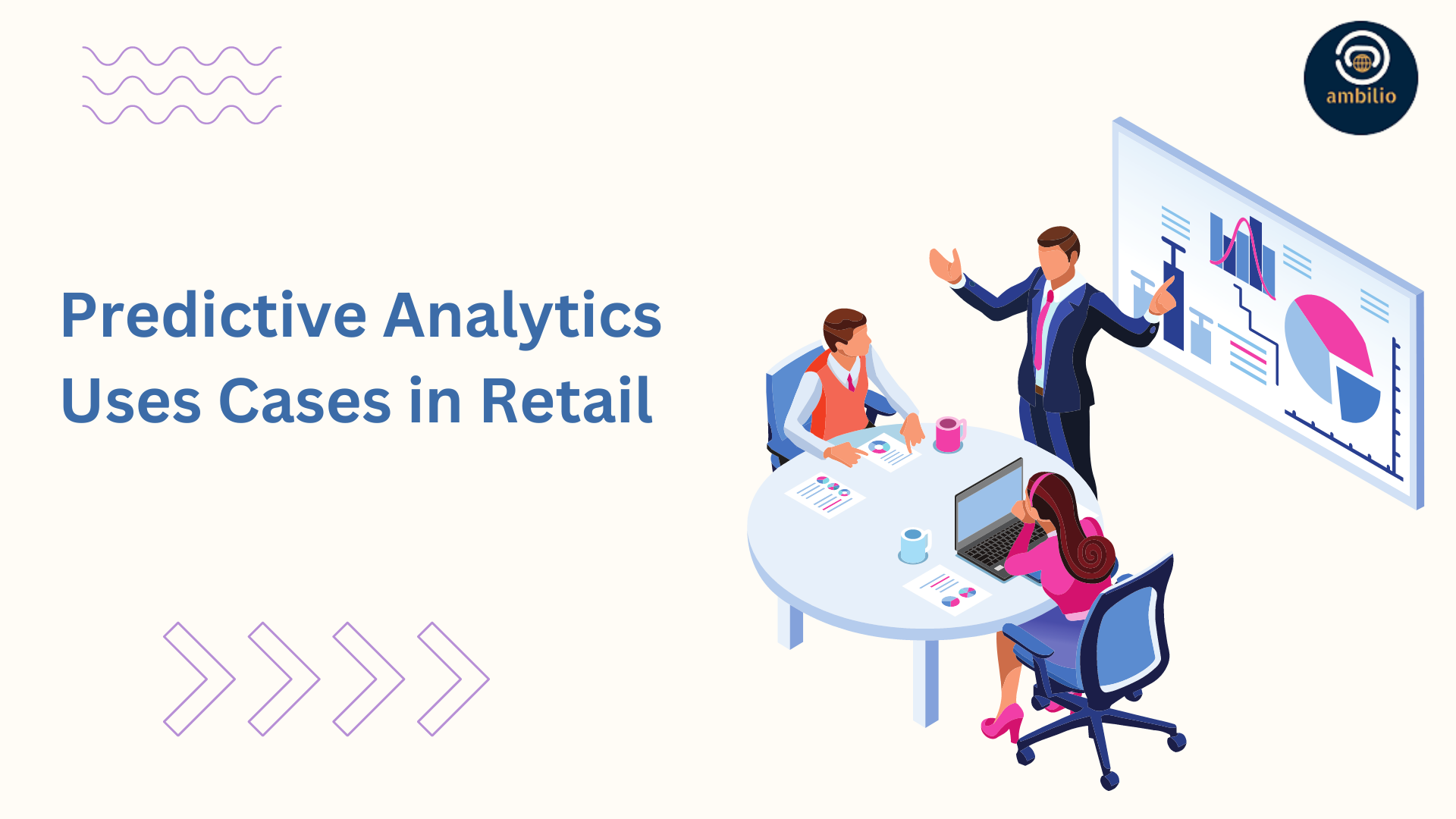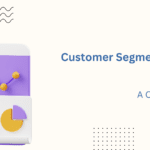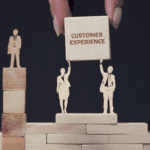Predictive analytics is important in retail marketing because it allows retailers to gain valuable insights into customer behavior and preferences, enabling them to create targeted and personalized marketing campaigns that improve customer engagement, increase sales, and build brand loyalty. By leveraging the power of machine learning and other advanced analytics techniques, retailers can analyze vast amounts of customer data, such as purchase history, browsing behavior, demographics, and other behavioral data, to identify patterns and trends that are indicative of customer preferences and behavior.
With this information, retailers can tailor their marketing strategies to the specific needs and preferences of their customers, providing them with personalized promotions, product recommendations, and other targeted marketing messages that are more likely to resonate with them. Overall, by using predictive analytics in retail marketing, retailers can stay competitive, improve customer satisfaction, and drive revenue growth.
Here we present the top 5 use cases of predictive analytics in retail. These use cases are important because they provide concrete examples of how predictive analytics can be applied to solve specific business problems and drive value for retailers. By understanding these use cases, retailers can identify opportunities to leverage predictive analytics in their own operations and gain a competitive advantage in the market.
1. Demand Forecasting
Demand forecasting is a critical task for retailers, as it allows them to optimize their inventory levels and ensure they have enough stock on hand to meet customer demand. By accurately predicting future demand, retailers can minimize stockouts, avoid overstocking, and improve their overall profitability.
To achieve this, retailers can leverage predictive analytics and machine learning algorithms to analyze historical data, consumer trends, and external factors such as seasonality, economic indicators, and weather patterns. This analysis can help retailers identify patterns and trends in consumer behavior and forecast future demand with greater accuracy.
For example, a retailer could use demand forecasting to optimize their inventory levels for a specific product category, such as women’s shoes. They might collect and analyze data on sales patterns for women’s shoes over the past year, including factors such as seasonality, promotions, and pricing. Based on this data, the retailer could use predictive analytics to forecast demand for women’s shoes over the next quarter.
The predictive analytics algorithm might identify trends such as a seasonal increase in demand for sandals during the summer months or an uptick in sales for high-heeled shoes during the holiday season. The algorithm could also take into account external factors such as weather patterns, economic indicators, and competitor pricing to refine its demand forecast.
Using this demand forecast, the retailer could adjust their inventory levels for women’s shoes to ensure they have enough stock on hand to meet customer demand without overstocking. This could help the retailer minimize stockouts, improve their overall profitability, and provide a better customer experience by ensuring that customers can always find the products they want.
Overall, demand forecasting is a valuable use case for predictive analytics in the retail industry, as it can help retailers optimize their inventory levels, reduce costs, and improve customer experience.
2. Customer Segmentation
Customer segmentation is the process of dividing customers into groups based on similar characteristics or behaviors. In the retail industry, customer segmentation can help retailers develop targeted marketing campaigns and personalized promotions to increase customer engagement and loyalty.
To achieve this, retailers can leverage predictive analytics and machine learning algorithms to analyze customer data, such as purchasing history, demographics, psychographic data, and other behavioral data. By grouping customers with similar characteristics, retailers can develop targeted marketing campaigns and personalized promotions that resonate with specific customer segments.
For example, a retailer might use customer segmentation to develop a targeted marketing campaign for customers who frequently purchase high-end electronics. The retailer could analyze customer data to identify common characteristics among this segment, such as high income levels, age, and geographic location. Based on this analysis, the retailer could develop a personalized marketing campaign that features high-end electronics and accessories that appeal to this segment.
The marketing campaign could be tailored to the preferences of this customer segment, featuring promotional offers that are relevant to their purchasing history and interests. By targeting this customer segment with a personalized marketing campaign, the retailer can increase customer engagement, build brand loyalty, and generate more revenue from this group of customers.
In addition to targeted marketing campaigns, customer segmentation can also be used to develop personalized promotions and offers for specific customer segments. For example, a retailer might develop a loyalty program that rewards customers with discounts or other benefits based on their purchasing history or other behavioral data.
Overall, customer segmentation is a valuable use case for predictive analytics in the retail industry, as it can help retailers develop targeted marketing campaigns, personalized promotions, and loyalty programs that improve customer engagement and build brand loyalty.
3. Price Optimization
Price optimization is the process of setting the optimal price for a product or service based on market demand, consumer behavior, and other factors. In the retail industry, price optimization can help retailers maximize profitability and competitiveness by setting the right price for their products.
To achieve this, retailers can leverage predictive analytics and machine learning algorithms to analyze market and consumer data, such as historical sales data, competitor pricing, and consumer behavior. By analyzing this data, retailers can identify pricing trends and patterns that can inform their pricing decisions.
For example, a retailer might use price optimization to set the optimal price for a new product. The retailer could analyze historical sales data for similar products, competitor pricing, and other market data to identify the optimal price point for the new product.
The predictive analytics algorithm might identify trends such as a higher demand for similar products during certain seasons or in certain geographic regions. Based on this data, the algorithm could recommend an optimal price for the new product that takes into account these trends and other factors.
The retailer could use this recommended price to set the price for the new product, optimizing their profitability and competitiveness. By setting the right price for their products, retailers can maximize their revenue and improve their overall profitability.
Price optimization can also be used to adjust prices in real-time based on changing market and consumer trends. For example, a retailer might use predictive analytics to analyze competitor pricing and adjust their own prices in real-time to remain competitive.
Overall, price optimization is a valuable use case for predictive analytics in the retail industry, as it can help retailers maximize profitability, competitiveness, and customer satisfaction by setting the right price for their products.
4. Customer lifetime value (CLTV) Prediction
Customer Lifetime Value (CLV) prediction is the process of predicting the potential value of a customer over the course of their relationship with a retailer. CLV prediction uses predictive analytics and machine learning algorithms to analyze customer data, such as past purchase history, browsing behavior, demographics, and other behavioral data.
By predicting a customer’s potential value, retailers can tailor their marketing and retention strategies to high-value customers, ensuring that they receive the appropriate level of attention and resources to keep them engaged and loyal to the brand.
To achieve this, retailers can use predictive analytics algorithms to analyze customer data and identify patterns and trends that are indicative of high-value customers. For example, a retailer might analyze customer data to identify customers who have made large purchases in the past, have made repeat purchases, or have a high frequency of purchase.
Based on this analysis, the retailer can develop a CLV prediction model that assigns a score or value to each customer, indicating their potential lifetime value. The retailer can then use this score to tailor their marketing and retention strategies, focusing their efforts on high-value customers who are most likely to make repeat purchases and generate revenue for the business.
For example, a retailer might use CLV prediction to offer special promotions or discounts to high-value customers, provide them with exclusive access to new products or services, or offer them personalized customer service and support.
By focusing their efforts on high-value customers, retailers can improve customer engagement, increase sales, and build brand loyalty. They can also optimize their marketing and retention strategies, reducing costs and maximizing profitability.
Overall, Customer Lifetime Value (CLV) prediction is a valuable use case for predictive analytics in the retail industry, as it can help retailers identify and target high-value customers, tailor their marketing and retention strategies, and build strong, long-lasting relationships with their customers.
5. Personalized Recommendation
Personalized recommendation is the process of providing individualized product recommendations to customers based on their past purchase history, browsing behavior, and other data. In the retail industry, personalized recommendations can help retailers improve customer engagement, increase sales, and build brand loyalty.
To achieve this, retailers can leverage predictive analytics and machine learning algorithms to analyze customer data, such as past purchase history, browsing behavior, demographics, and other behavioral data. Based on this analysis, retailers can develop personalized product recommendations that are tailored to each customer’s unique interests and preferences.
For example, a retailer might use personalized recommendations to recommend products to a customer who frequently purchases outdoor gear. The retailer could analyze the customer’s past purchase history and browsing behavior to identify related products that might be of interest, such as camping gear or hiking equipment.
The predictive analytics algorithm might use collaborative filtering techniques to analyze the customer’s behavior and identify products that are frequently purchased by customers with similar interests. Based on this analysis, the algorithm could recommend personalized product suggestions that are likely to appeal to the customer’s interests and preferences.
The retailer could use these personalized product recommendations to engage with the customer and increase their likelihood of making a purchase. By tailoring their recommendations to each customer’s unique interests and preferences, retailers can improve customer engagement, increase sales, and build brand loyalty.
Personalized recommendation can also be used to cross-sell and upsell products to customers based on their past purchase history and browsing behavior. For example, a retailer might use personalized recommendation to recommend accessories or complementary products that are frequently purchased with a specific product.
Overall, personalized recommendation is a valuable use case for predictive analytics in the retail industry, as it can help retailers improve customer engagement, increase sales, and build brand loyalty by providing individualized product recommendations to each customer.



